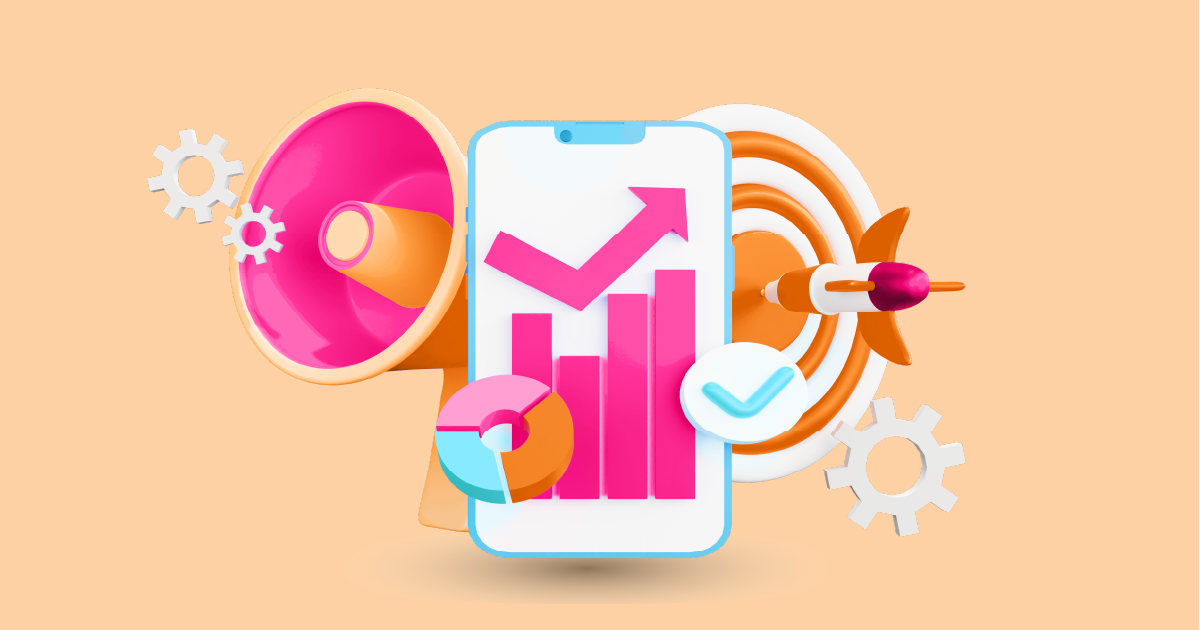In today’s digital age, where information flows rapidly through various online channels, understanding the sentiment, trends, and conversations surrounding your brand or industry is crucial. This is where media listening tools come into play. These tools provide businesses with the ability to monitor, analyze, and respond to discussions and mentions across different online platforms, helping them stay ahead in their market.
Why Media Listening Tools are Essential

1. Real-time Monitoring
Media listening tools offer real-time monitoring capabilities, allowing businesses to track mentions of their brand, products, or industry as they happen. This enables swift responses to customer inquiries, complaints, or trends, helping to maintain a positive brand image.
2. Competitor Analysis
Beyond tracking their brand, businesses can also use media listening tools to monitor their competitors. By analyzing competitor mentions and sentiment, organizations can identify areas where they excel or lag, informing their strategies for improvement.
3. Audience Insights
Media listening tools provide valuable insights into the preferences, opinions, and behaviors of their target audience. By understanding what topics resonate with their audience and how they perceive their brand, businesses can tailor their marketing efforts more effectively.
Types of Media Listening Tools
There are various types of media listening platforms available, each serving specific purposes tailored to the needs of businesses.
1. Social Media Monitoring Tools
These tools focus on tracking mentions, comments, and conversations across social media platforms like Twitter, Facebook, Instagram, and LinkedIn.
2. Brand Monitoring Tools
Brand monitoring tools extend beyond social media to monitor mentions across news websites, blogs, forums, and review sites.
3. Sentiment Analysis Tools
Sentiment analysis tools use natural language processing algorithms to determine the sentiment behind mentions, whether positive, negative, or neutral.
4. Influencer Identification Tools
These tools help businesses identify influential individuals within their industry or target audience, allowing for strategic partnerships or outreach campaigns.
Features to Look for in Media Listening Tools
When choosing a media listening tool, it’s essential to consider the following key features:
1. Data Filtering Options
The ability to filter data based on keywords, sentiment, or sources helps businesses focus on relevant conversations and insights.
2. Customizable Dashboards
Customizable dashboards allow users to tailor their interface to display the most relevant metrics and insights for their needs.
3. Sentiment Analysis Accuracy
Accuracy in sentiment analysis is crucial for understanding how audiences perceive your brand or industry accurately.
4. Reporting Capabilities
Comprehensive reporting capabilities enable businesses to extract actionable insights and track the impact of their media listening efforts over time.
Top Media Listening Tools in the Market
Some popular media listening tools include AIM Insights, Mention, Hootsuite Insights, Talkwalker, and Sprout Social. Each offers unique features and pricing plans tailored to different business needs.
Best Practices for Utilizing Media Listening Tools
To maximize the effectiveness of media listening tools, businesses should:
- Set clear goals and objectives for their monitoring efforts.
- Regularly analyze and interpret the data gathered to inform strategic decisions.
- Actively engage with their audience and respond promptly to mentions or inquiries.
- Continuously refine their monitoring parameters and strategies based on evolving trends and feedback.
Future Trends
As technology continues to evolve, media listening tools are expected to incorporate more advanced features, such as AI-driven sentiment analysis, image recognition, and predictive analytics, to provide even deeper insights into online conversations.
Challenges
Despite their benefits, media listening tools also present challenges, such as:
- Overwhelming amounts of data that can be difficult to analyze effectively.
- Accuracy limitations in sentiment analysis, especially for complex or nuanced discussions.
- Privacy concerns regarding the collection and use of user data.
Conclusion
Media listening tools play a vital role in helping businesses navigate the complex landscape of online conversations and trends. By leveraging these tools effectively, organizations can gain valuable insights into audience preferences, competitor strategies, and market trends, ultimately leading to more informed decision-making and enhanced brand reputation.
If you’re ready to take your media monitoring efforts to the next level, consider requesting a demo from AIM Technologies. With our advanced solutions, you can streamline your monitoring process and unlock actionable insights to drive your business forward. Don’t miss out on the opportunity to harness the power of media listening – schedule your demo today!
FAQs
1. How do media listening tools differ from social media analytics platforms?
- Media listening platforms focus on monitoring conversations and mentions across various online channels, including social media, news sites, blogs, and forums. Social media analytics tools, on the other hand, specifically track metrics and engagement on social media platforms.
2. Can media listening platforms track mentions in traditional media?
- Yes, many media listening platforms can monitor mentions in traditional media, such as newspapers, magazines, and television broadcasts, using keyword searches and data aggregation algorithms.
3. Are media listening platforms only beneficial for large businesses?
- No, media listening platforms can be valuable for businesses of all sizes. Small and medium-sized enterprises can benefit from monitoring their brand reputation, identifying market trends, and understanding customer feedback just as much as larger corporations.
4. How often should I use media listening platforms?
- The frequency of media listening tool usage depends on your specific goals and monitoring needs. Some businesses may choose to monitor mentions continuously in real-time, while others may opt for periodic monitoring, such as weekly or monthly reports.
5. What are the costs associated with media listening platforms?
- The costs of media listening tools vary depending on factors such as the provider, features included, and the level of customization required. Some tools offer subscription-based pricing plans, while others may charge based on usage or the number of monitored keywords.




